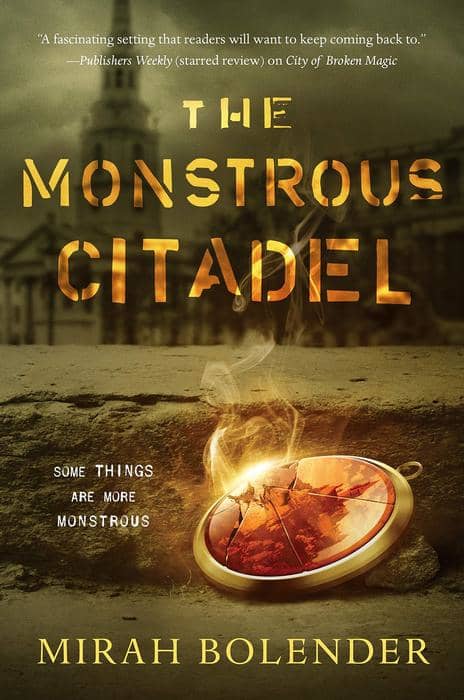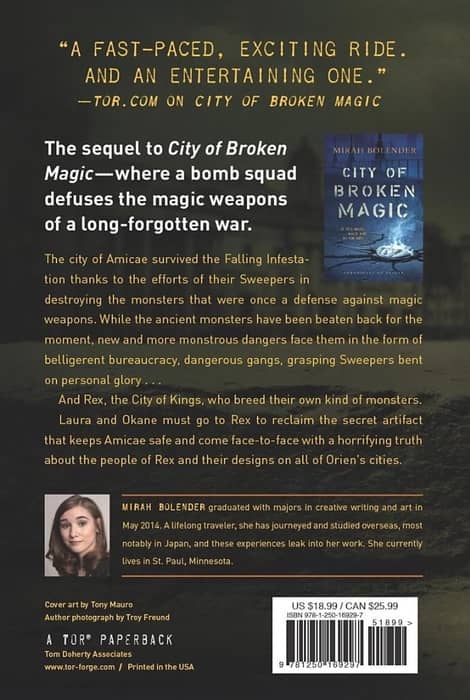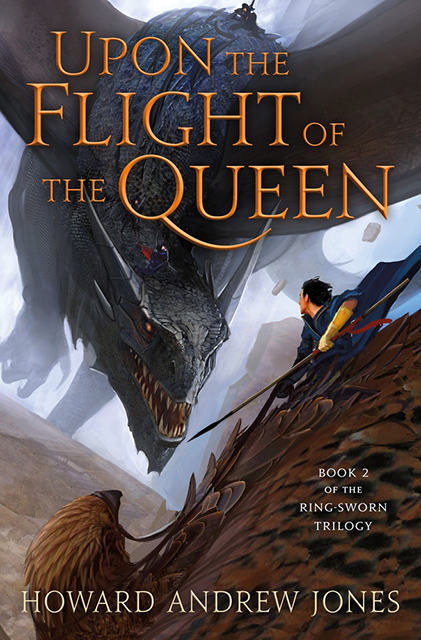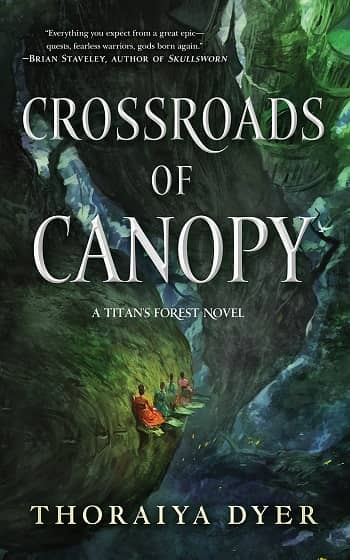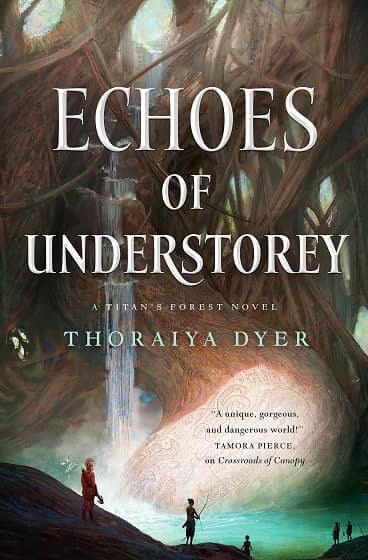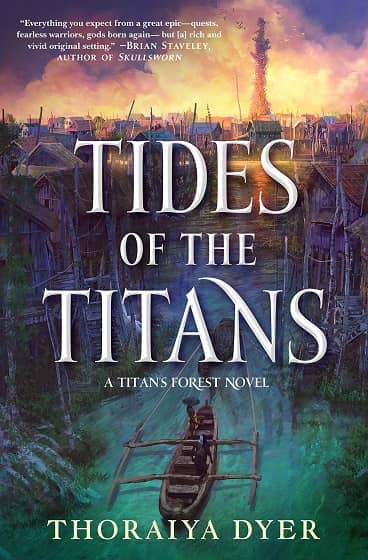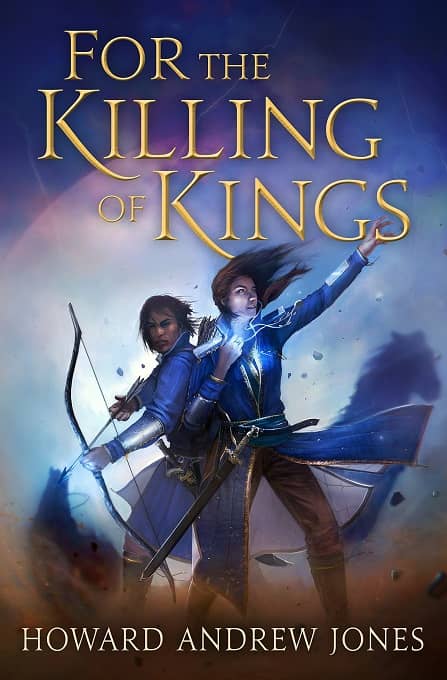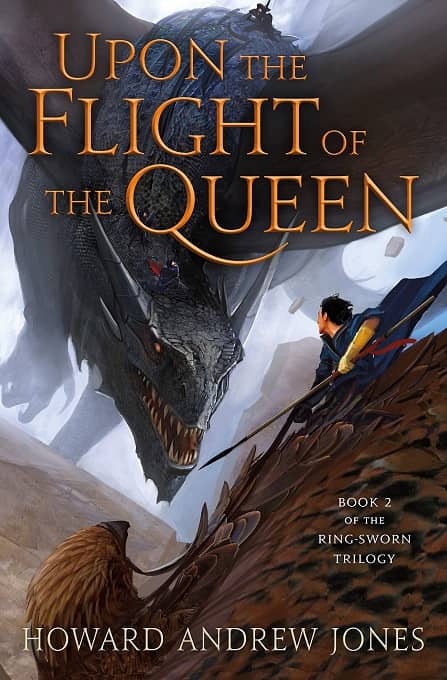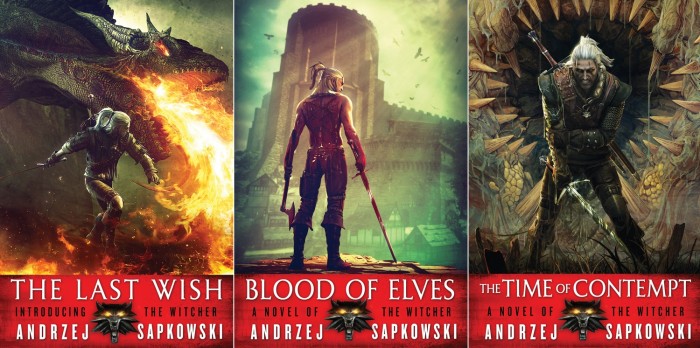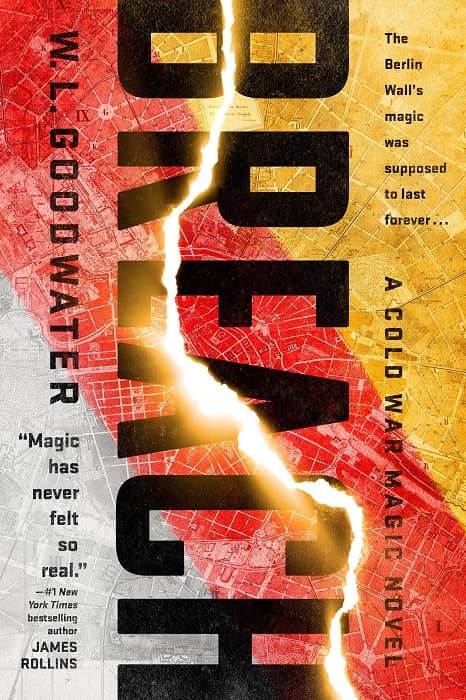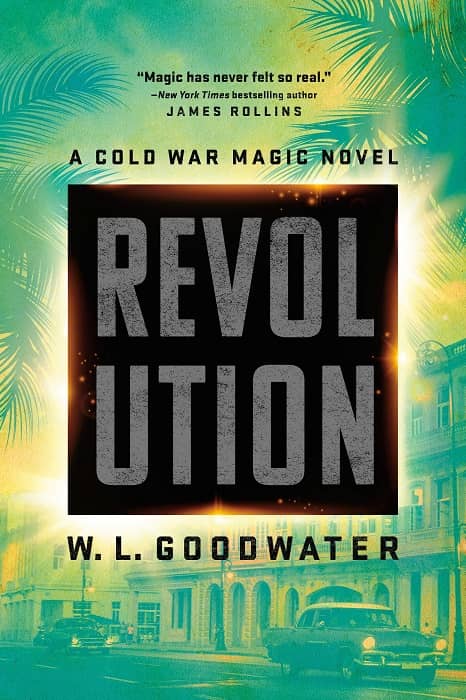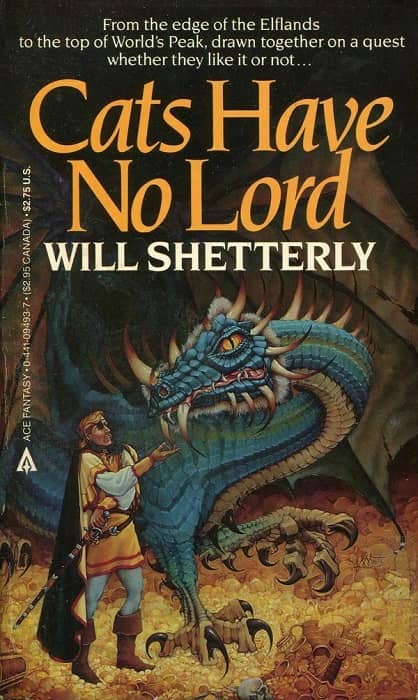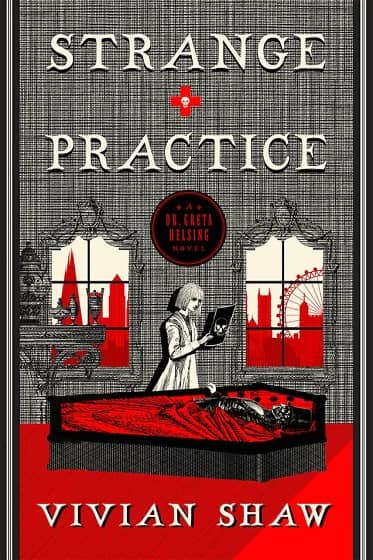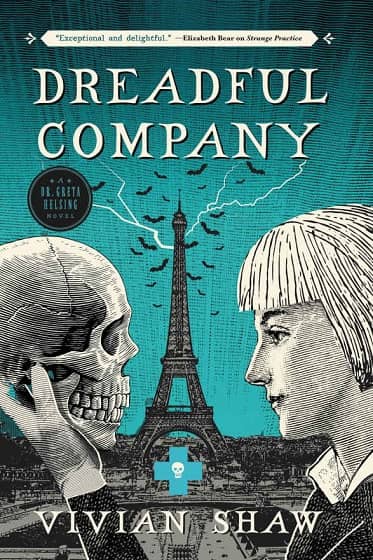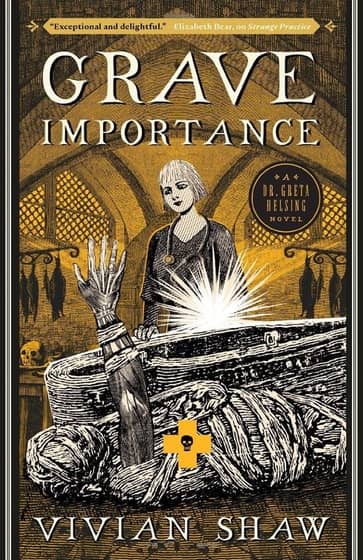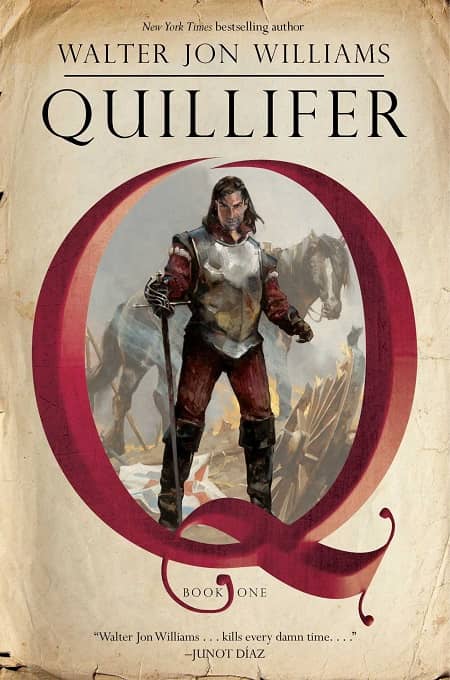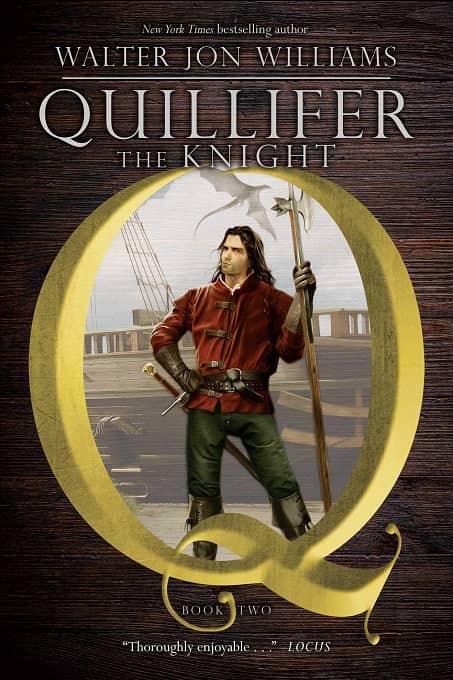Vintage Treasures: The Tomorrow’s Warfare Anthologies, edited by Joe Haldeman, Charles G. Waugh, and Martin Harry Greenberg
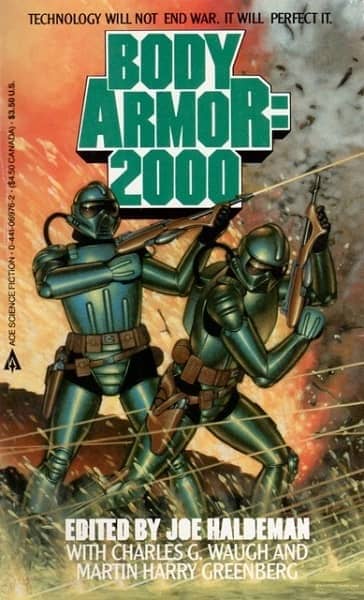 |
 |
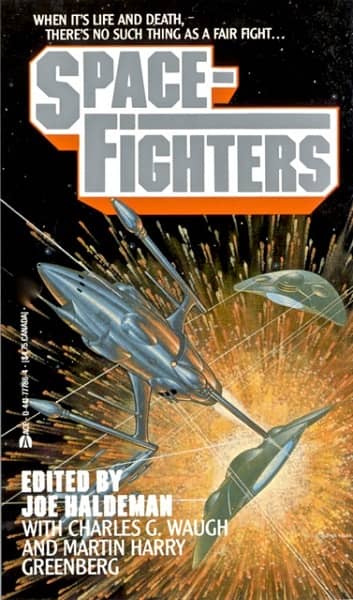 |
Covers by Walter Velez
One of the things I miss about modern publishing is mass market anthologies. There’s still loads of anthologies being published, of course — we’ve covered dozens in just the last few months — but most come from small presses, and all of them are in hardcover or trade paperback. Casual buyers just don’t buy short fiction these days. Certainly not in enough volume to make inexpensive paperback anthologies viable, anyway. Which is a shame, since there were a ton of ’em in the 70s and 80s, and it was pretty much the way you discovered new authors back then. This fact was not lost on publishers, and the savvy ones — like Ace and DAW — promoted their stable of authors pretty regularly in themed anthologies.
Take the Tomorrow’s Warfare trilogy of anthologies, for example. Edited by the powerhouse trio of Joe Haldeman, Charles G. Waugh, and Martin Harry Greenberg, they appeared between 1986-88 from Ace Books. Each followed a loose future-war theme, and each was packed with stories from the top writers in the industry.
And such stories! A Hugo-nominated Alliance-Union novella by C. J. Cherryh, a Hammer’s Slammers novella by David Drake, the complete short novel Damnation Alley by Roger Zelazny (a 1968 Hugo nominee), a Bolo story by Keith Laumer, a Berserker novelette by Fred Saberhagen, the original short story “Ender’s Game” by Orson Scott Card, an Instrumentality of Mankind tale by Cordwainer Smith, plus stories by Gene Wolfe, Harry Harrison, George R. R. Martin, Robert Sheckley, Gordon R. Dickson, Terry Carr, Christopher Anvil, Joe Haldeman, Edward Bryant, Ben Bova, Walter M. Miller, Jr., Keith Laumer, Ian McDonald, and many, many more.
Anthologies like this don’t exist in paperback anymore. But that’s okay, because I’m still discovering the old ones — and they’re are still widely available, and they’re still cheap. I wasn’t even aware of this series until I stumbled on two of the three anthologies above in that gargantuan haul of $1 paperbacks I brought home from Windy City Pulp and Paper in April. And I just ordered the third one (Supertanks) on eBay for $1.94.
